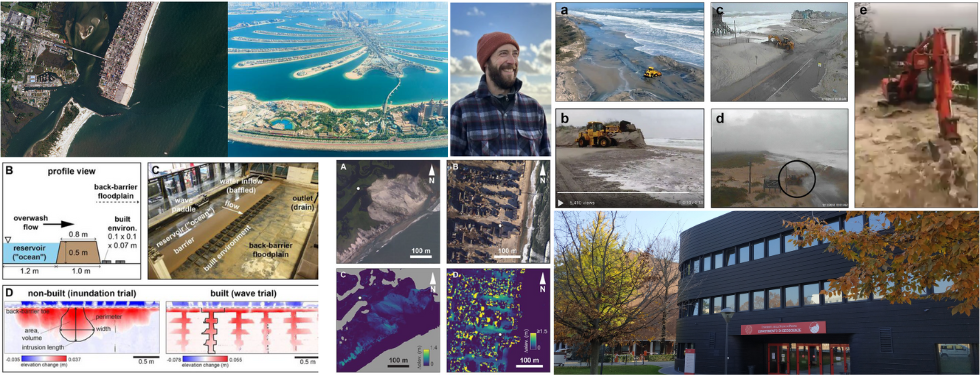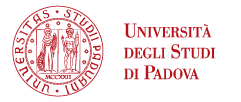Sediment dynamics and human impact on coasts: three in-depth seminars

The Department of Geosciences at the University of Padua is hosting three seminars by Dr. Eli D. Lazarus, a professor at the University of Southampton (UK), focusing on the complex interactions between geohazard events, anthropized landscapes, and coastal dynamics. These events are part of the "Shaping a World-Class University" initiative and the project "Geomorphic Feedbacks and Emergent Risk on Human-Altered Coasts."
Humans as agents of coastal geomorphic change
Wednesday, March 26, 2025 - 4:30 PM - Arduino Room
In recent decades, the growing anthropogenic impact on coastal environments has become a central theme in geomorphological research. As early as 1994, Karl Nordstrom highlighted how human-altered coasts should be considered dynamic environments in their own right, deserving of fundamental geomorphological studies. However, at the time, the issue was often labeled as secondary to more traditional coastal geomorphology topics.
Dr. Lazarus revisits and expands on this perspective, exploring the role of humans as agents of geomorphic change in coastal areas. Through a review of literature and the latest research, the seminar will emphasize that human action should not be seen as an anomaly in geomorphic processes but rather as an integral component of coastal landscape evolution.
Weird dynamics of flood deposits in built environments
Friday, March 28, 2025 - 2:30 PM - Arduino Room
Extreme geohazard events can reshape landscapes by redistributing large volumes of sediment. While sediment deposit analysis is typically conducted in natural settings, the sedimentary consequences of extreme events in urbanized environments often remain under-documented. This is because sediments are quickly removed from streets and infrastructure to facilitate emergency operations, resulting in significant costs.
In this seminar, Dr. Lazarus explores the differences and similarities between flood deposit morphology in natural and built environments, highlighting how the spatial characteristics of the built environment play a fundamental role in shaping sedimentary deposits. Understanding these processes is a crucial step in improving geohazard impact forecasting and reducing disaster-related risks.
Is There a Bulldozer in Your Model?
Tuesday, April 1, 2025 – 4:30 PM – Arduino Room
Human activities deliberately and in real time intervene in geomorphic processes, especially during extreme weather events. However, existing morphodynamic models are not designed to integrate such active and responsive interventions. The evolution of modeling platforms may therefore require a new approach, where human actions are treated as morphodynamic processes in their own right.
In this seminar, Professor Lazarus presents DOZER, a new exploratory numerical model that simulates mechanized interventions in storm-driven coastal morphodynamics. It is a participatory agent-based model in which adaptive agent behavior is controlled directly by the user rather than by evolutionary computation algorithms. In practical terms, DOZER functions as a single-player video game: the player operates a bulldozer to move sand accumulating on a road.
Using results from his own gameplay sessions, Professor Lazarus illustrates how DOZER works both as a model and as a tool for understanding complex adaptive systems that are difficult to observe directly. Drawing on research in game design, he will also discuss how this approach can open up new perspectives in the study of adaptive geomorphic systems.
All seminars provide insights into how geomorphic processes interact with human activities and how a deeper understanding of these dynamics can contribute to risk management and territorial planning.





